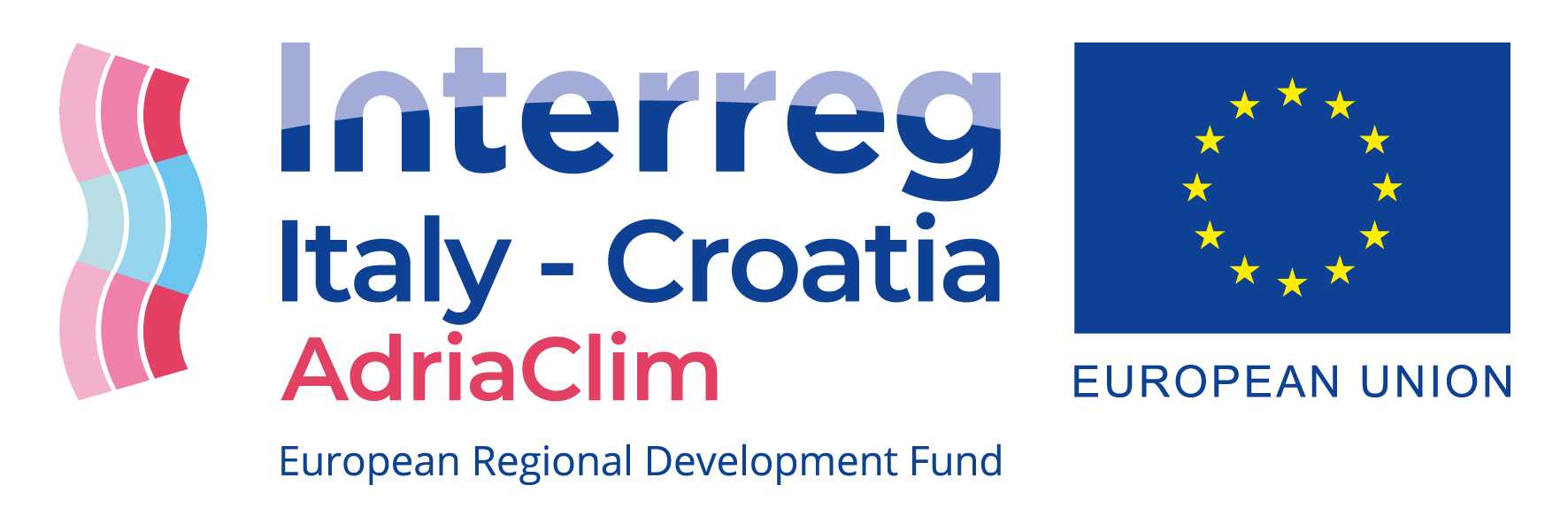


|
ERDDAP |
| 
|

| Dataset Title: | Daily near-surface temperature in Trieste harbour from digital records (1986- 2015) 

|
| Institution: | CNR-ISMAR (Dataset ID: TS_SEA_WATER_TEMPERATURE_86_15_DIG) |
| Range: | time = 1986-01-01T00:00:00Z to 2015-12-31T00:00:00Z |
| Information: | Summary  | License
| License  | Metadata
| Background
| Metadata
| Background | Data Access Form
| Files
| Data Access Form
| Files
|
![[The graph you specified. Please be patient.]](https://erddap-adriaclim.cmcc-opa.eu/erddap/tabledap/TS_SEA_WATER_TEMPERATURE_86_15_DIG.png?time,a_2_m_SEA_TEMPERATURE&time%3E=2015-12-25T00%3A00%3A00Z&time%3C=2016-01-01T00%3A00%3A00Z&.draw=markers&.marker=5%7C5&.color=0x000000&.colorBar=%7C%7C%7C%7C%7C&.bgColor=0xffccccff)
|
Attributes {
s {
time {
String _CoordinateAxisType "Time";
Float64 actual_range 5.049216e+8, 1.45152e+9;
String axis "T";
String ioos_category "Time";
String long_name "Time";
String standard_name "time";
String time_origin "01-JAN-1970 00:00:00";
String units "seconds since 1970-01-01T00:00:00Z";
}
a_2_m_SEA_TEMPERATURE {
Float32 actual_range 4.0, 29.5;
String ioos_category "water_temperature";
String long_name "2-m SEA TEMPERATURE (deg C)";
String units "degree_C";
}
}
NC_GLOBAL {
String cdm_data_type "Other";
String Conventions "COARDS, CF-1.6, ACDD-1.3, NCCSV-1.2";
String creator_name "CNR-ISMAR";
String creator_type "institution";
String history
"2024-09-18T10:32:48Z (local files)
2024-09-18T10:32:48Z https://erddap-adriaclim.cmcc-opa.eu/tabledap/TS_SEA_WATER_TEMPERATURE_86_15_DIG.das";
String infoUrl "???";
String institution "CNR-ISMAR";
String keywords "1986-2015, 2-m, a_2_m_SEA_TEMPERATURE, cnr, cnr-ismar, council, daily, data, date, DATE_2_m_SEA_TEMPERATURE, day, digital, harbour, identifier, ismar, national, near, near-surface, records, research, sea, surface, temperature, trieste";
String license
"The data may be used and redistributed for free but is not intended
for legal use, since it may contain inaccuracies. Neither the data
Contributor, ERD, NOAA, nor the United States Government, nor any
of their employees or contractors, makes any warranty, express or
implied, including warranties of merchantability and fitness for a
particular purpose, or assumes any legal liability for the accuracy,
completeness, or usefulness, of this information.";
String sourceUrl "(local files)";
String standard_name_vocabulary "CF Standard Name Table v70";
String summary "The data set includes daily near-surface sea temperatures measured in the harbour of Trieste (Italy) during 1899-2015. Two time series are formed: the first is derived from analogue measurements performed in the 1899-2008 period, the second is derived from digital records in 1986-2015. From these time series a composite time series for 1899-2015 is built. Data records consist of date and daily temperature in degrees Celsius to the 0.1 °C precision.";
String time_coverage_end "2015-12-31T00:00:00Z";
String time_coverage_start "1986-01-01T00:00:00Z";
String title "Daily near-surface temperature in Trieste harbour from digital records (1986-2015)";
}
}
 Data Access Protocol (DAP)
Data Access Protocol (DAP) and its
selection constraints
and its
selection constraints .
.
The URL specifies what you want: the dataset, a description of the graph or the subset of the data, and the file type for the response.
Tabledap request URLs must be in the form
https://coastwatch.pfeg.noaa.gov/erddap/tabledap/datasetID.fileType{?query}
For example,
https://coastwatch.pfeg.noaa.gov/erddap/tabledap/pmelTaoDySst.htmlTable?longitude,latitude,time,station,wmo_platform_code,T_25&time>=2015-05-23T12:00:00Z&time<=2015-05-31T12:00:00Z
Thus, the query is often a comma-separated list of desired variable names,
followed by a collection of
constraints (e.g., variable<value),
each preceded by '&' (which is interpreted as "AND").
For details, see the tabledap Documentation.